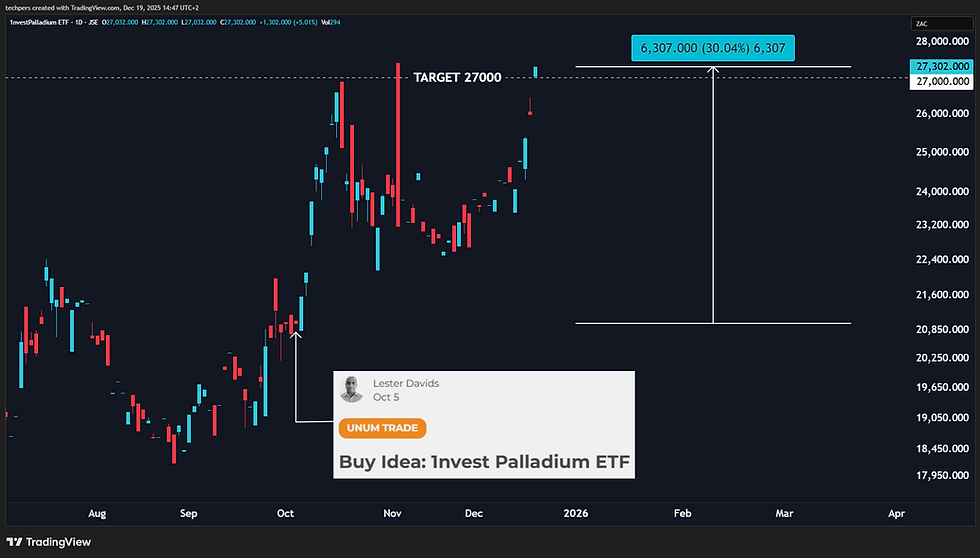U.S. Election Outlook: Candidate Policies and Market Implications
- Luke Holland

- Nov 4, 2024
- 2 min read
The U.S. election is shaping up to present two very different policy paths, with each candidate proposing changes that will influence various sectors and investor sentiment. Let’s examine the core areas where their plans diverge and what these could mean for the U.S. market.
Key Policy Directions and Expected Market Effects
Tax Policies:
Trump: Aims to cut taxes, assuming these will boost growth while supplementing revenues through fees on international trade. These changes could increase consumer spending, with potential gains for sectors like consumer goods and tech. However, lower tax revenue might bring concerns over the long-term fiscal balance, impacting bond markets.
Harris: Plans to raise taxes on large corporations and high-income individuals while expanding credits for families. This could initially reduce earnings for finance and tech firms but might uplift sectors such as housing and consumer staples due to the boost in household income.
Trade Strategy:
Trump: Suggests significant fees on imported goods, including a particularly high charge on goods from China. This approach could increase costs for industries reliant on foreign goods, posing challenges for manufacturing, retail, and tech. However, it could benefit domestic-focused industries, such as heavy equipment, automotive, and energy.
Harris: Prefers a more selective approach to trade policies, likely keeping certain existing fees but easing broad restrictions. This might alleviate pressure on U.S. companies dependent on global supply chains, benefiting consumer goods and technology sectors.
Energy Approach:
Trump: Emphasises traditional energy production, supporting industries reliant on oil, gas, and coal. This direction could lead to gains for conventional energy and infrastructure stocks while placing less emphasis on renewable growth.
Harris: Promotes environmentally friendly energy and supports renewables, which could stimulate growth in solar, wind, and electric vehicle sectors. Her approach might lead to increased funding for sustainable energy development, supporting businesses focused on renewable infrastructure.
Healthcare & Essential Goods:
Trump: Generally, favours a less restrictive approach in this space, advocating for market-driven solutions. This stance may benefit pharma and biotech companies, where regulatory burdens would likely remain light.
Harris: Plans to limit costs for essential medications and to curb price increases in critical goods. Her policies may create pressure for pharma companies, while possibly benefiting health insurance providers if cheaper medication options contribute to reduced healthcare costs.
Investment Takeaways
Growth vs. Value: Trump’s pro-growth focus on traditional sectors like energy and industrials may favour value-oriented stocks, while Harris’s renewable and consumer-focused strategies might encourage investments in growth sectors like tech, consumer goods, and green energy.
Sector Shifts: Trump’s approach could boost traditional industries, while Harris’s plan may favour sectors aligned with renewable energy and consumer protection. Investors should closely follow post-election policy shifts to gauge where to reallocate within the U.S. market.
With these contrasting approaches, the U.S. market could see varied opportunities and risks across sectors, underscoring the importance of staying informed and flexible as post-election policies begin to shape economic direction.
If you would like to discuss how to position your portfolio to capitalise on these opportunities, get in touch with me at luke@unum.co.za and please refer to the disclaimer at https://unum.capital/research-disclaimer/.




Comments